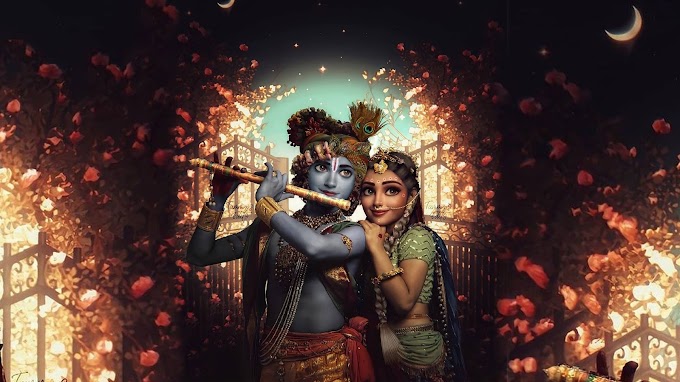☑ Today we are going to know about a unique art form established in the history of Bengal which is the "Peacock Throne":
■ Peacock Throne:
It is to be noted that although Emperor Shah Jahan took the Mughal Empire to a unique position in India in terms of culture, history will remember him for all his famous architectural achievements. In mourning the death of his wife Mumtaz, he immortalized himself in the pages of history by building the famous “Taj Mahal” on his tomb. He also distinguished himself from other Mughal emperors by establishing a fort in Agra or a huge mosque in Delhi.
It can be said that Mughal architecture gained the most prosperity during his time. He was its main patron. Another of his greatest achievements is the "Peacock Throne", which is rarely discussed. Probably this is due to his absence in India. Its importance and value are no less than that of the Taj Mahal or other architectural monuments built during the reign of Emperor Shah Jahan.
 |
| Image Source- Google | Image by quora.com |
■ Why did Emperor Shah Jahan use peacocks on the throne and not any other animal?
There is a question in everyone's mind about this, during the Mughal period peacock had a unique position in art and literature that no other animal had. Peacock designs were beautifully painted in the paintings painted during the Mughal period. The peacock was also given a spiritual form in the literature of that time.
Since this bird was given a lot of religious importance, during the Mughal rule, it was generally believed that if this bird could be respected in any way, God would be pleased and do something good. This is why it is thought that Emperor Shah Jahan created two peacock figures behind his famous throne for religious reasons and later the throne was named after this bird.
 |
| Image Source- Google | Image by en.wikipedia.org |
■ What amount of gems were used on the throne?
We are surprised to hear how many gems were used for the throne. Approximately 1150 kg of gold and about 230 kg of various precious stones were used to make this throne. The things like Timur Ruby and the famous Kohinoor diamond were used on this throne. It is thought that the construction of building this throne was done with the precious and rare ornaments which were deposited in the Mughal treasury by various war victories.
In the case of the construction of the Taj Mahal, as different construction materials were brought from far and wide, the peacock throne was different from the other side.116 emeralds 108 rubies and many more precious stones were used and many of which were extremely rare. The two peacocks at the back of the throne were spread their tails and wings, Which enhanced the beauty of the throne many times over, and it can be said that emperor Shah Jahan tried to follow Prophet Solomon.

Image source- Google | Image by India Today Web Desk
Solomon had a vast empire, as well as a royal throne which greatly influenced the Mughal emperor. The royal throne was first used in 1628, the day Emperor Shah Jahan adopted the responsibility of the empire. This throne had been made for about 7 years with selected immaculate goldsmiths and jewelers. The emperor had such thoughts that would give an idea of the outside world about the wealth of the Mughals.
■ Let's know about the Peacock Throne in the eyes of foreign people:
Let us know about the Peacock Throne in the eyes of foreign people, Emperor Aurangzeb invited a French decorator named Jean-Baptiste Tave Near. He came to India in 1665 and entered the palace and witnessed the peacock throne, and he wrote in his language: -The throne was like a bed, it had four legs, they were made of pure gold, the precious clothes are used as a canopy over the throne, which had twelve small poles to hold the cloth. Those twelve poles used to hold the cloth which is used as a canopy were decorated with precious stones and diamonds. They were the most valuable.
When the Mughal emperor Shah Jahan had to come to Agra from Delhi for various ceremonies, this throne too used to be carried with him. Meanwhile, when Nadir Shah adopted the Persian throne, he had a great promise to subdue the "Hotaki forces" in Afghanistan. He attacked with more troops to uproot them completely, at one point they crossed Kandahar and entered the Mughal Empire.

Image source- Google | Image by Incredible India
When he asked the Mughal emperor Shah Jahan to hand over the Hotakis peacefully, the Mughal emperor refrained. But this made Nadir Shah even angrier and attacked the Mughal Empire with a large number of troops. The way the Mughal army was strong during the period of Emperor Babur or Emperor Akbar, it lost its splendor during the time of Emperor Shah Jahan.
☐ Meanwhile, the ruler of Persia Nader Shah was not a fool. He knew that such a large empire as the Mughal Empire could not be maintained by him alone. So he made a treaty with Muhammad Shah, the ruler of the Mughal Empire, and gave him back the empire. According to the treaty, he forced the Mughals to hand over many valuable resources, including the peacock throne. Thus the peacock throne was snatched from them. Later Nadir Shah returned to Persia and after a few years, he lost his life at the hands of bodyguards and much anarchy started in the palace.
According to many, when the palace was later looted, the looters entered the palace and broke the peacock throne and It is sold in the pieces at high prices. Many people think that when Nader Shah took the peacock throne from India, he broke it into pieces and put it on the back of an elephant, and left for Iran. The Iranians later looted the pieces from the palace. It is known that the Iranians built a throne in imitation of the Mughal Empire which is now preserved in the "Tehran" museum. One of the legs of the peacock throne is still preserved in "a museum in Britain".
☐ In history, the "Peacock Throne" was an impeccable symbol like keeping up the splendor of the Mughal Empire. Over time, this empire lost the power of the once-mighty empire and disappeared from history. The "Peacock Throne" of the Mughals' pride, no matter how wounded it was at the hands of plunderers, no matter how much it was handed over to foreign powers - history will always remember the Mughal emperor Shah Jahan for this impeccable feat. Isn't that so!
It was the topic of today's history, the "Peacock Throne".



















Wow .... Nyc
ReplyDeleteThanks a lot for being an active visitor to our blog site...keep enjoying reading & Sharing...
DeleteValo likhechis subho.....
ReplyDeleteThanks a lot for your comment...keep visiting & keep sharing it with anyone...
DeleteThank you for getting in touch with us (KSI BLOG)